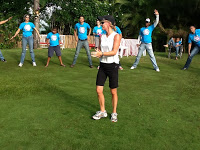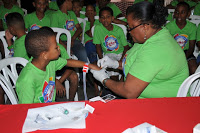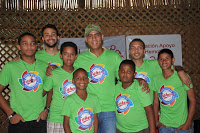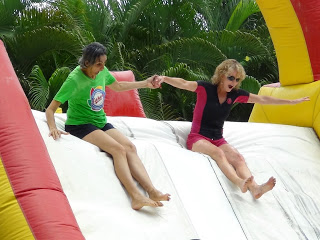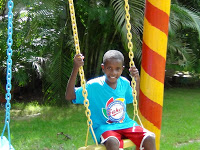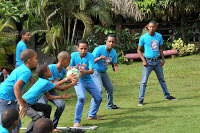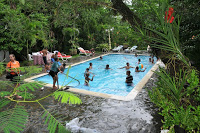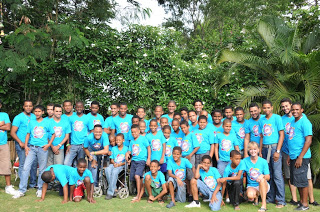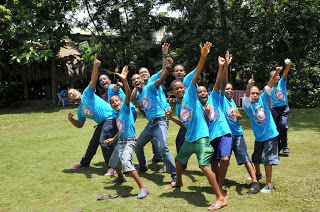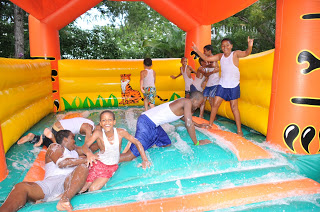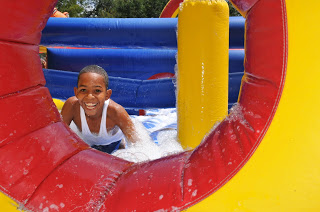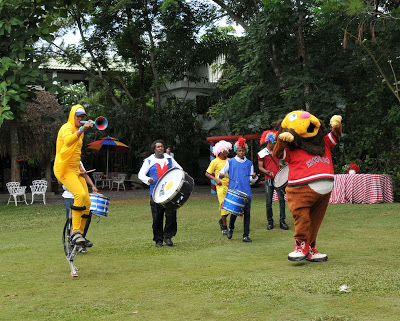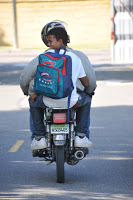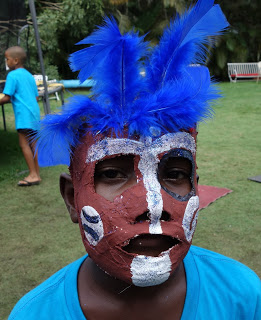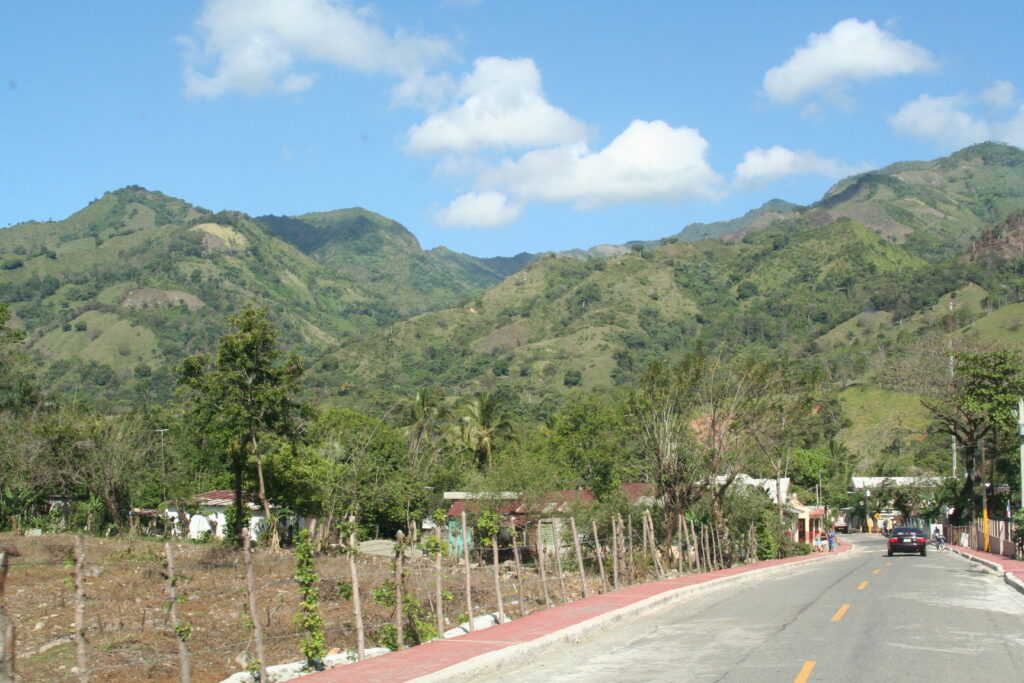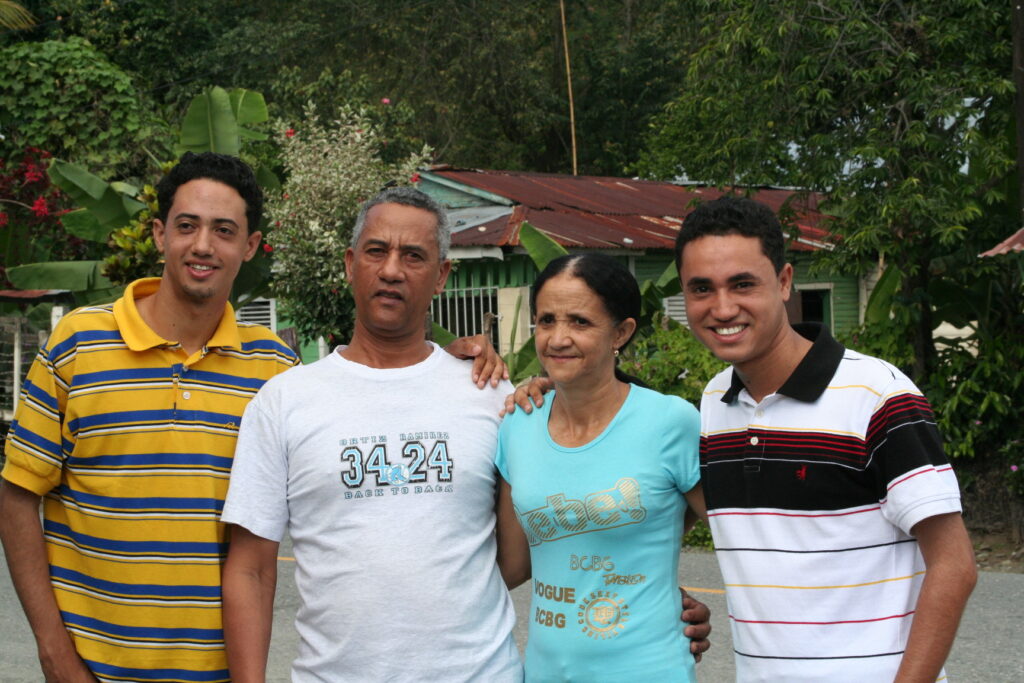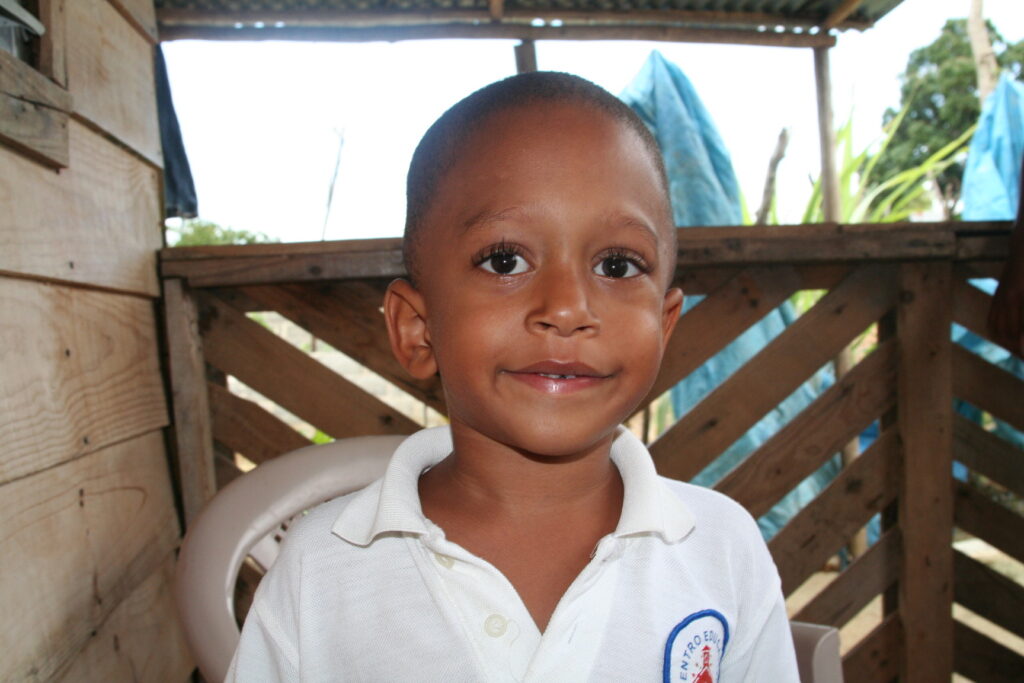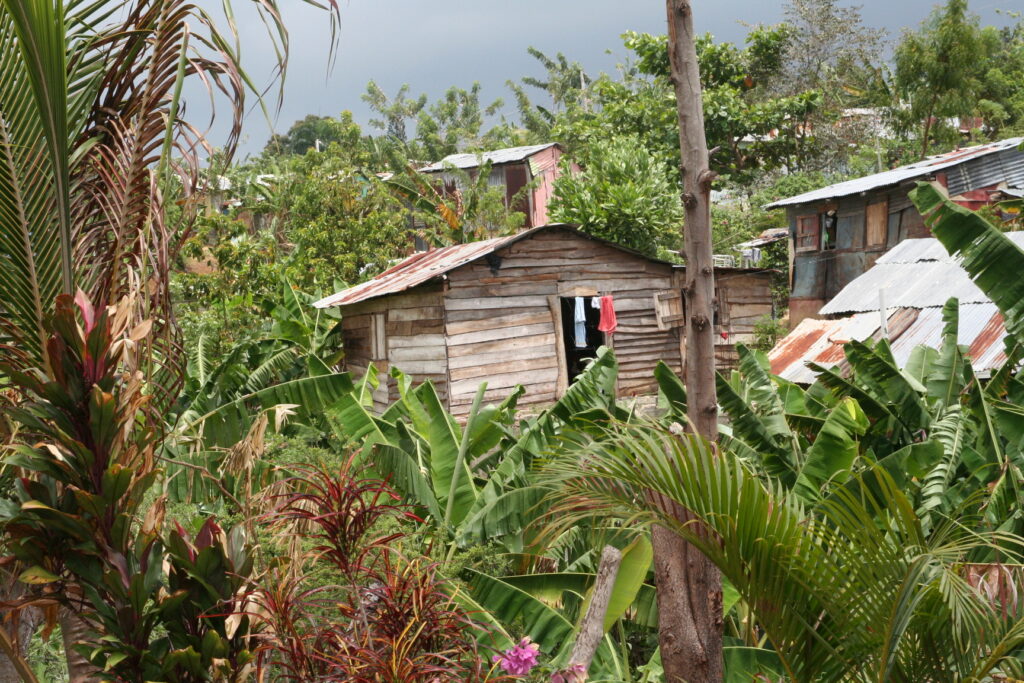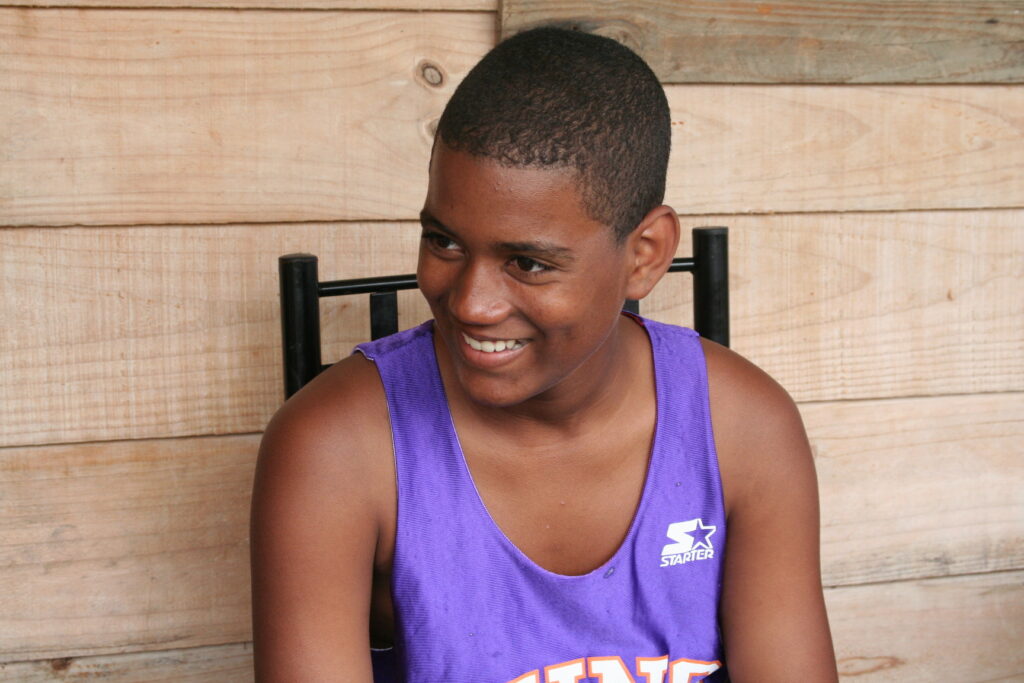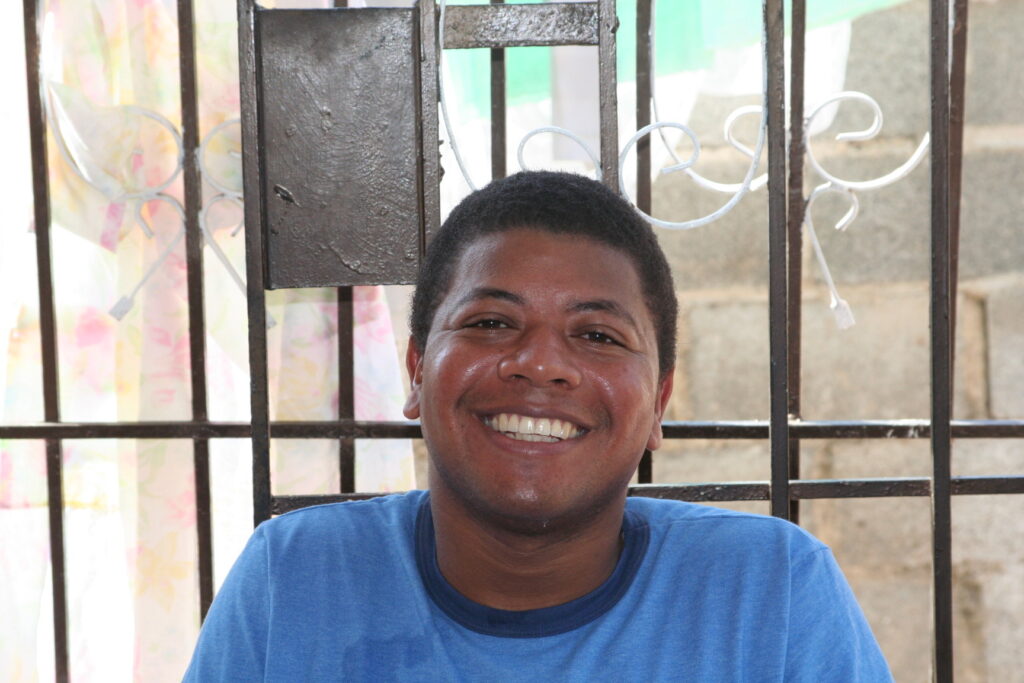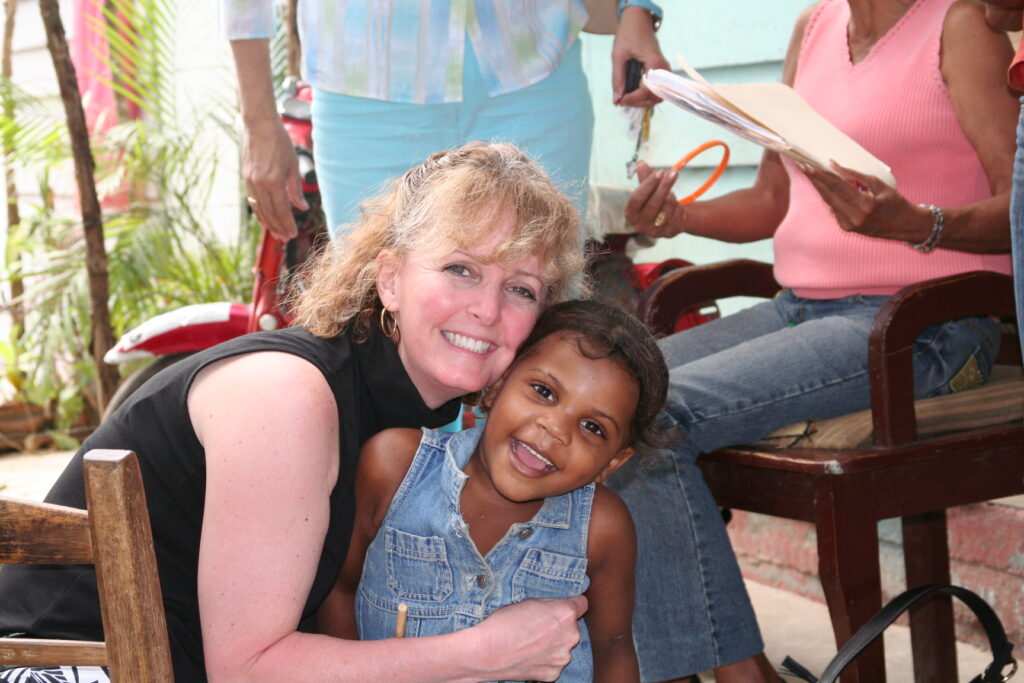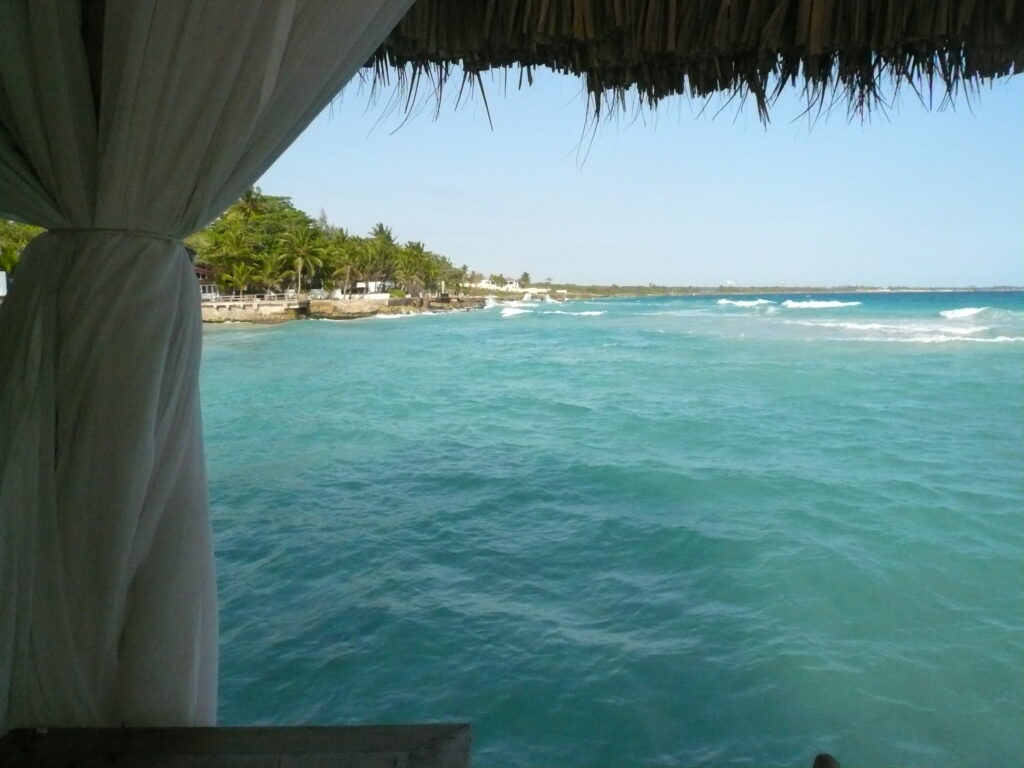Carnival Time!

I spent 10 days in the Dominican Republic recently, and the highlight was our annual camp for about 40 boys with hemophilia. If you read my blog from last week, you will see that many of our boys live in extreme poverty. As founder Haydée de Garcia, president of FAHEM, the national hemophilia organization said, “Camp for them is like going to Disney World for an American child with hemophilia.”
Camp–no matter how grand (like Paul Newman’s camps) or small–like ours–is magical for any child but especially a child with hemophilia. Here, they get to be a regular kid, able to do so many things normally not allowed or even conceivable. Our boys played “baseball,” using their bare hands and a rubber ball, but with what competitiveness! (Baseball is a national passion here) They made masks for carnival, the theme of the camp. Swam in a huge pool, did competitive ball games, had rap sessions with a counselor, watched movies, and best of all… got factor. The DR bought no factor last year, at all. What they had came from donations, like from Project SHARE, our humanitarian program. All the factor at camp this year was donated. And without factor, there would be no camp.
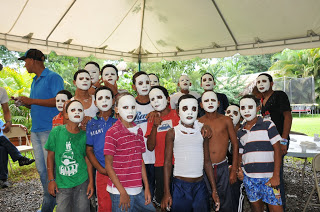
We had a few surprises, like a visit from baseball great Stan Javier, formerly of the Mariners and Giants. And on the last day, Carnival! After breakfast, we heard horns blowing, percussion, and across the lawn came a carnival crew, and everyone got in on the action. No one can party like the Latinos can!
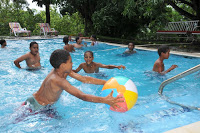 I’ve watched this camp grow from an idea on paper, to a first attempt in 1999 to now a world class camp. It’s a model for anyone running a camp for kids with hemophilia in developing countries. My boys, who were ages 8 and up in 1999, are now in their twenties and are counselors–and tower over me! They love that I return to camp when I can, and I in turn love to be there, and love them. They teach me all the time about reliance, appreciation and giving back. Some of them were in constant pain at camp this year, discernible only by a serious look on their faces when they thought no one was looking. They do without: ice applied to a joint instead of an infusion of factor. But nothing dims their joy. We should all live so in the moment, with such joy.
I’ve watched this camp grow from an idea on paper, to a first attempt in 1999 to now a world class camp. It’s a model for anyone running a camp for kids with hemophilia in developing countries. My boys, who were ages 8 and up in 1999, are now in their twenties and are counselors–and tower over me! They love that I return to camp when I can, and I in turn love to be there, and love them. They teach me all the time about reliance, appreciation and giving back. Some of them were in constant pain at camp this year, discernible only by a serious look on their faces when they thought no one was looking. They do without: ice applied to a joint instead of an infusion of factor. But nothing dims their joy. We should all live so in the moment, with such joy.
(Thanks to Save One Life for a donation to help meet camp expenses! Many of our beneficiaries attended camp. If you want to help with camps like this,consider making a donation to our camp campaign going on now at www.saveonelife.net Gracias!)
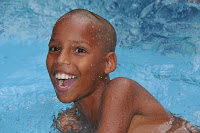 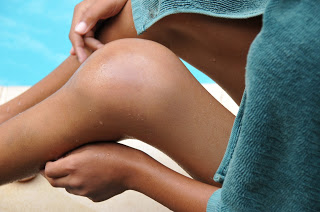 |
